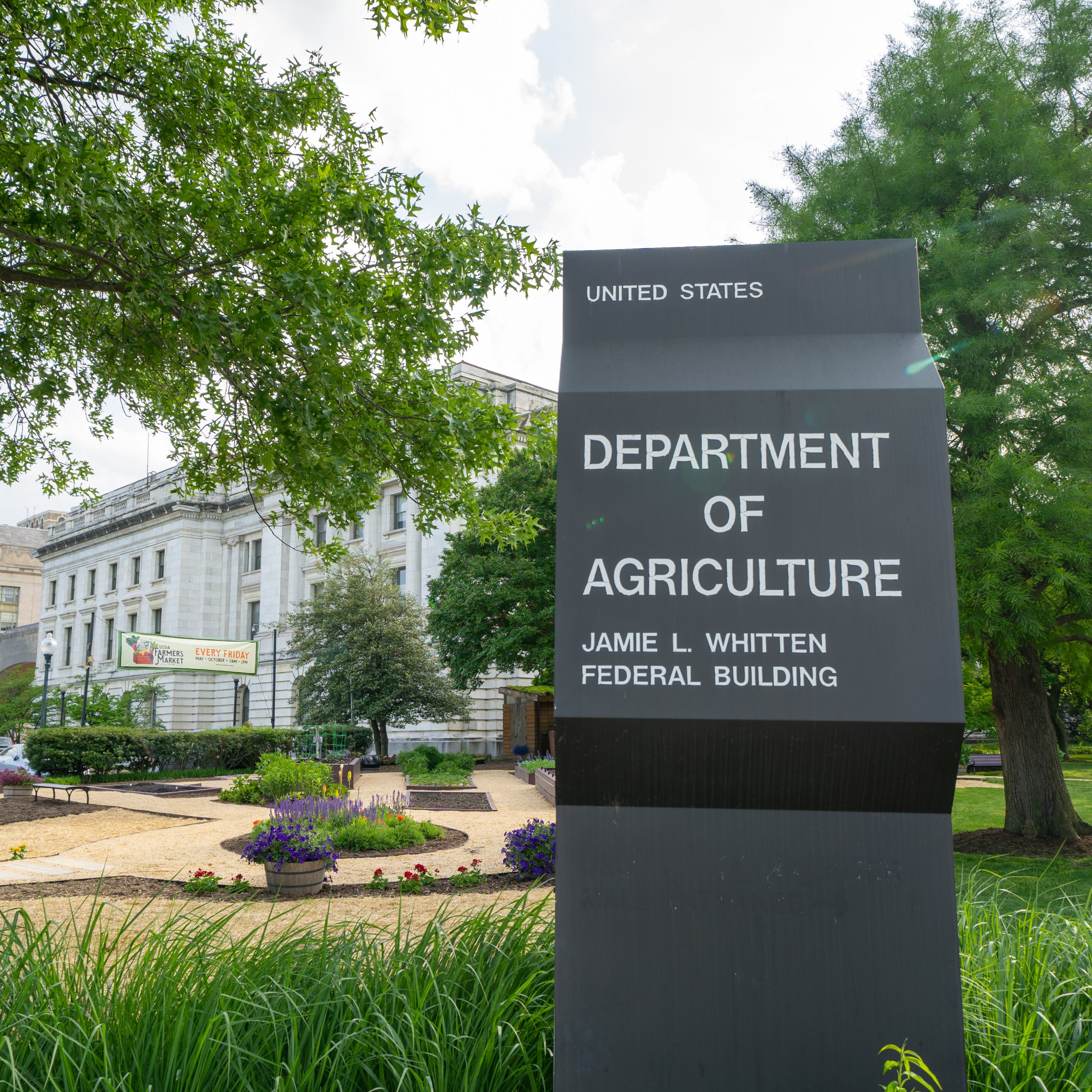USDA census highlights the consolidation of Minnesota farms

The latest U.S. Department of Agriculture (USDA) agricultural census highlights a significant shift in Minnesota’s farming landscape, with farms growing in size but decreasing in number. The census, conducted every five years and tracking producers earning over $1,000 annually, shows the average Minnesota farm expanded to 388 acres in 2022, an increase from 371 acres in 2017.
Nationally, farm consolidation continues, with fewer farms and a reduction in farmland, as USDA Secretary Tom Vilsack noted. The concern raised by Vilsack questions the nation’s comfort with the ongoing loss of farms and farmland, urging a reconsideration of current agricultural practices.
Minnesota, in particular, saw a notable decrease in the number of farms, dropping to 65,531 from over 68,000, alongside a nearly 1,500 reduction in dairy farms, albeit with an increase in dairy cow numbers. Despite these closures, the income for the remaining farms surged, with the average net cash income in 2022 reaching $141,869, significantly higher than the $65,753 reported in 2017. However, this income boost is tempered by rising expenses, including fuel, fertilizer, and rental land costs.
The price of Minnesota farmland has also risen sharply, now averaging over $6,000 an acre, compared to less than $5,000 five years ago. This increase reflects the broader economic pressures facing the agricultural sector, from production costs to market dynamics.
Demographically, the average Minnesota farmer in 2022 was male, 57.1 years old, and predominantly white, a profile that has remained relatively unchanged since the previous census. Efforts to diversify the farming community, including supporting younger and farmers of color, are ongoing, with state and federal initiatives aimed at lowering entry barriers for new entrants.
On a broader scale, the national picture mirrors Minnesota’s trends, with a decrease of 142,000 farms and nearly 20 million acres of farmland since 2017. The average farm income, however, has risen, and the adoption of climate-smart agricultural practices, such as cover cropping, has seen significant growth.



